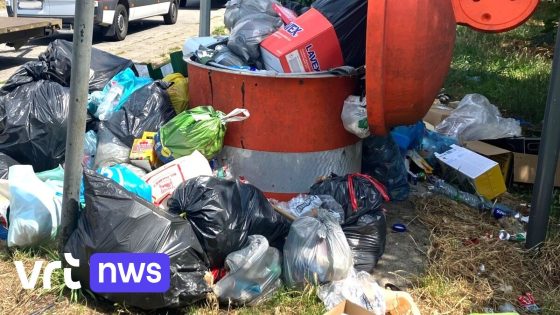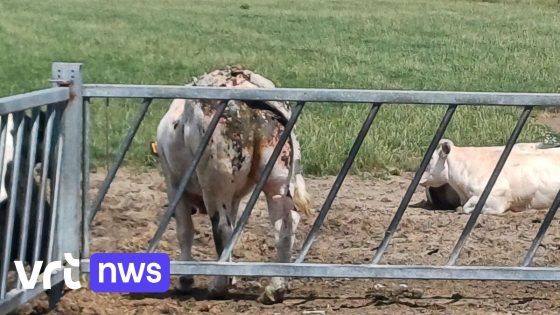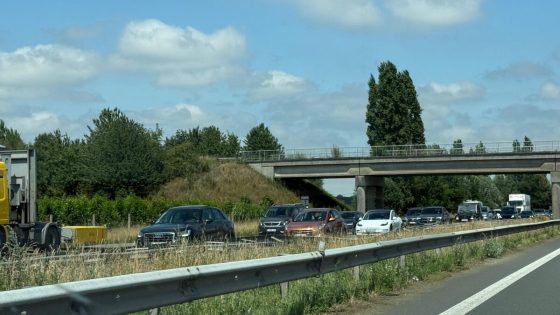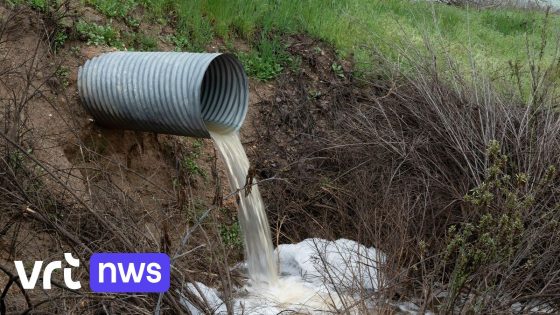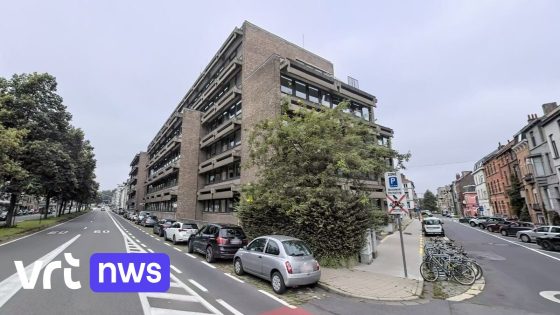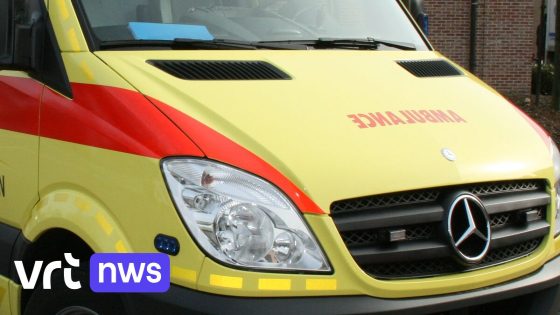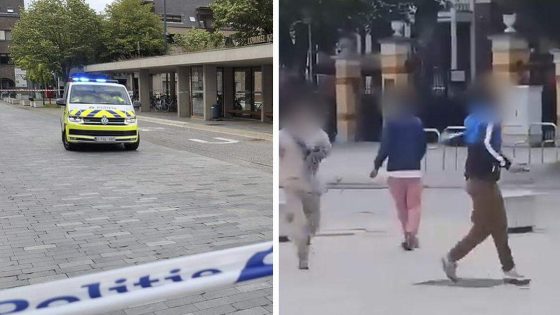The issue of littering along the E17 highway has worsened significantly over the past 26 years, particularly near the popular E17 Snack by Kristien De Meulenaer. Despite regular clean-ups by the Flemish Agency for Roads and Traffic (Agentschap Wegen en Verkeer, AWV), trash reappears within hours, frustrating locals and travelers alike.
- E17 Snack faces growing litter problem
- AWV occasionally removes roadside trash
- Litter reappears hours after cleanup
- Police recommend cameras at rest areas
- Cameras aim to catch litter offenders
- Renovation plans include surveillance measures
On 2025-07-16 14:17:00, this ongoing problem was highlighted once again, with police authorities from the Hamme-Waasmunster zone proposing new measures to tackle the littering. They suggest installing surveillance cameras at renovated rest areas to catch offenders in the act, aiming to reduce the persistent waste problem.
With litter piling up despite efforts, how can authorities effectively deter careless behavior on Belgium’s busy highways? The answer may lie in stronger enforcement and smarter infrastructure, as the community awaits concrete action.
Why does littering persist despite regular clean-ups? It appears that without real consequences, some drivers and visitors continue to discard waste irresponsibly. Installing cameras could act as a strong deterrent, but will it be enough? Key points to consider:
- AWV’s cleaning efforts are frequent but ineffective long-term
- Police emphasize the need for on-the-spot enforcement
- Renovation of highway rest areas offers an opportunity to improve facilities
- Community involvement and awareness campaigns could complement surveillance
As plans to upgrade E17 rest areas move forward, authorities and the public must collaborate to keep Belgium’s roads clean. Will the introduction of cameras mark a turning point, or is a broader cultural shift needed to end this persistent problem?



